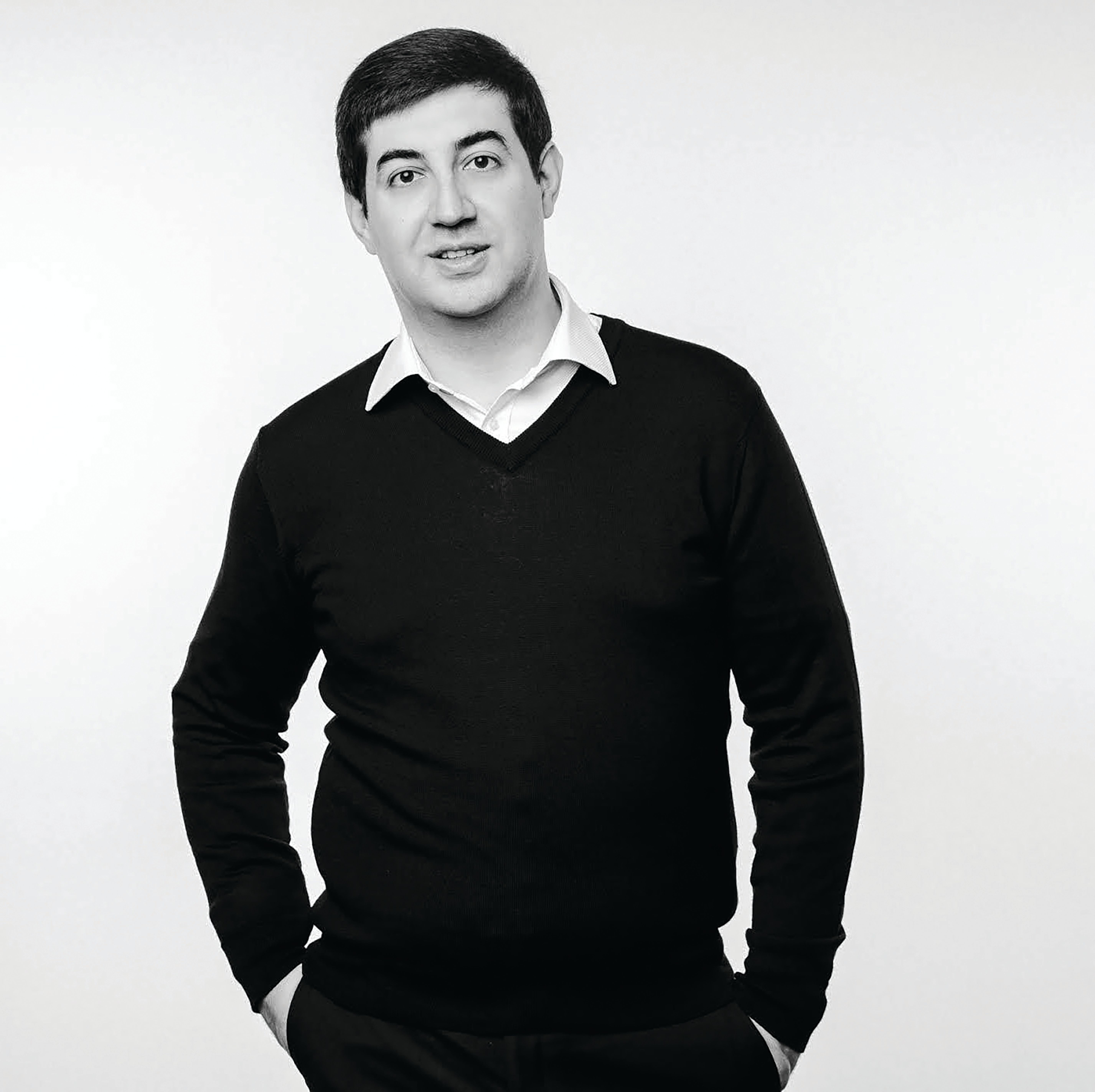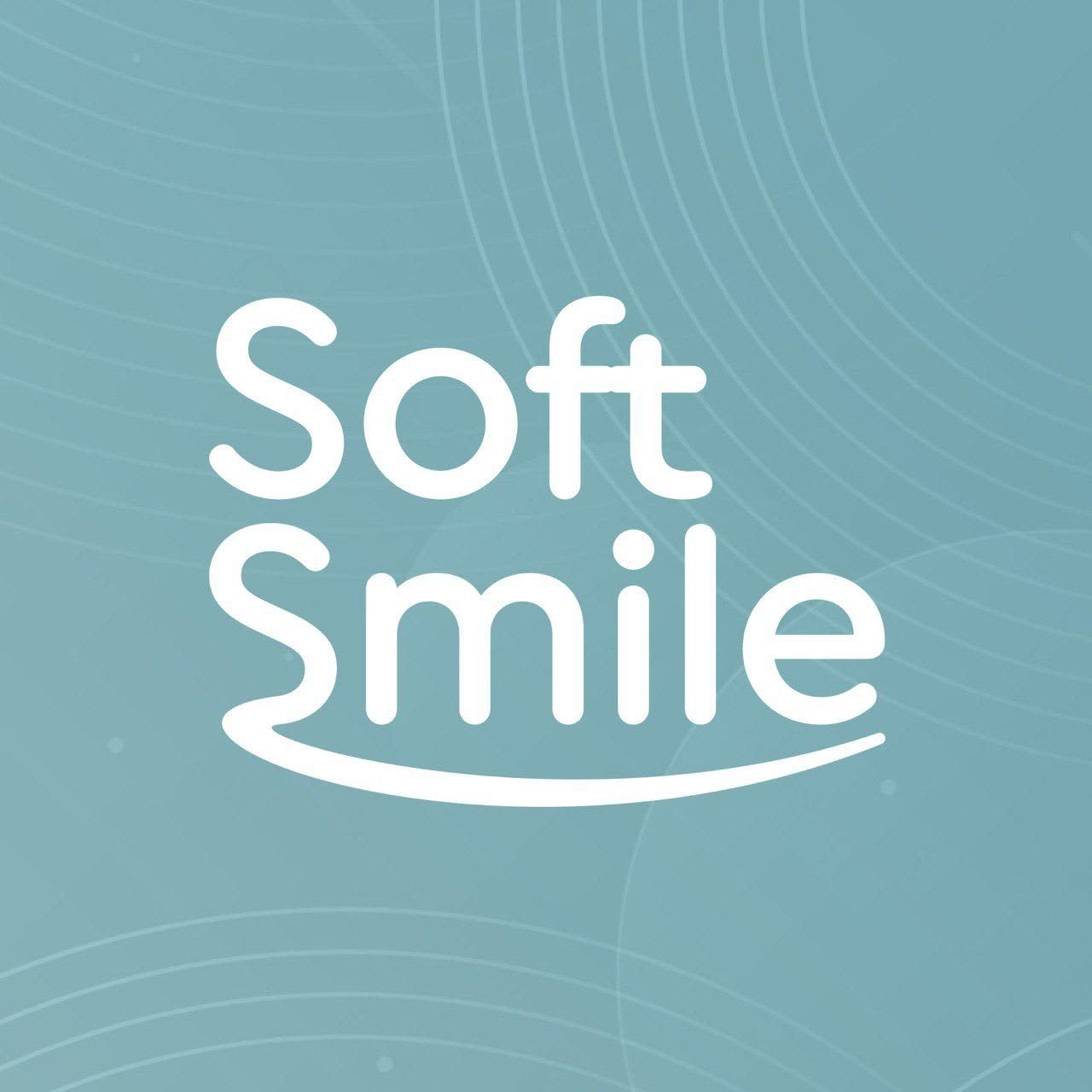Dreamers & Doers: SoftSmile – “Creating the standard for orthodontic treatment planning”
Special Advertising Content: SoftSmile Co-Founder and CEO Khamzat Asabaev explains the story behind his company the promise of its Vision software.
Q: What is SoftSmile and how did the company start?
Khamzat Asabaev, Co-Founder and CEO

KA: SoftSmile is a young software company. It was started just a year ago. We are a group of people who have devoted years of our lives to health care, orthodontics, and science. We decided to focus on building software because we understand it is crucial for people who want to start making aligners in-house.
You can easily buy 3D printers, they are affordable now, but precise and reliable software is something that only a couple of companies have on the market today. Our idea was to create something more affordable, efficient, precise, and reliable for doctors and patients.
Q: How is SoftSmile looking to change orthodontics?

KA: SoftSmile was created by doctors, technicians, and manufacturers determined to build aligners and treatment planning solutions without compromising quality or precision. We have built our own laboratory and we’re making aligners and lingual braces, which have been highly praised by renowned doctors from all around the world.
Let's look at the history. In the late 90s, Align Technology, an amazing company, introduced clear aligner technology, but the price was and still is very high. They also patented all the steps, not only the software but the entire procedure including manufacture, thermoforming, and so on, essentially closing the market for other players. Doctors started buying 3D printers, but treatment planning software still was out of their reach. And that's the main challenge.
The other challenge is that there is no tool on the market today that helps doctors calculate—and you need a lot of millions of calculations to understand—how much force which means how many aligners you need for particular teeth movement. That's what we worked on. That's what we are proud of. We are working with doctors who will supplement our technological advancement through their research to prove that the approach of SoftSmile is the best on the market today.
Q: What sets your Vision orthodontic software apart?
KA: Vision is fast. Users have the freedom and ability to concentrate on strategic and predictive treatment planning rather than routine tasks. Patients and doctors when they see Vision, they see how beautiful our interface is, so even on the surface, you understand that our team invested a lot of time and effort to make the teeth and gums look as realistic as possible. To achieve this level of detail, we had to build very powerful algorithms.
We made Vision at least 20 times faster than anything on the market. So you can imagine today the doctors have to spend a lot of time, at least one hour, just manually preparing the model for setups and treatment plans. Our software does this automatically and we tested this with many doctors and laboratories and all are amazed by the results.
Our software was designed with biomechanical and mathematical principles in mind. We give doctors the tools to take into account the length of the roots, the thickness of the material, the position of the jaws. All of this is done within our Vision software, and doctors—and eventually their patients—don't have to pay additional charges for in-depth diagnostics. The ideal and goal of SoftSmile and Vision is to make aligners and quality high-level aligner treatment affordable to a wider group of people. We believe it's possible if doctors have access to high-quality software.
Q: How does Vision employ artificial intelligence and machine learning?
KA: Machine learning improves the more you use it. The more patients you run through Vision, the more advanced the machine-learning algorithm becomes. Each doctor has their own style. Imagine you make some changes to the treatment plan based on your experience and your preference. You may use it 9 or 10 times but on 11th time the Vision machine learning algorithms will create a treatment plan in accordance with your preferences because it will know how you want the teeth moved. Our algorithms are based on biomechanical principles. When an operator and doctor make something manually, he or she needs to repeat the number of some mundane steps. We taught our machine to do all this work automatically, a huge leap for efficiency because it takes about 30 minutes to do this particular stage alone.
In order to achieve ultra-fast processing speed, we had to develop new algorithms to find new solutions for 3D modeling. We dug deeper into history and mathematical principles to improve our technology. Using machine-learning algorithms, Vision is able to automate the routine tasks of treatment planning while ensuring speed and accuracy. SoftSmile is creating the standard for orthodontic treatment planning. We are creating the strongest solution for doctors, technicians, and patients across the globe.
Q: What challenges did you overcome developing Vision?
KA: You can imagine in the aligner market where you have just a number of the software treatment planners, to create something absolutely unique and not match the clear aligners patents was the main challenge. And we overcame this challenge by introducing mathematicians and scientists into our team. There are dozens of other algorithms, mathematical models, and equations we employed or solved to build SoftSmile’s revolutionary software. We wrote our own mathematical models in order to make Vision's processes as smooth and fast as possible.
And what is really cool that the new approach which we've developed using math and biomechanics, so it's way more efficient than what is on the market today. So I can say that those challenges and hurdles helped us to make a product way more efficient than on the market today. Only companies with breakthrough technology can bring their product to market.
Q: How does the workflow with Vision actually work for practices and patients?
KA: A doctor collects data from the patient via a scan or cast, and then uploads all data directly to our software. In 10-15 minutes the doctor can get a treatment plan. They can make changes on the spot if they like, but with our machine-learning technology, they may have to do this less and less as they use the software. The doctor can print the clear aligners in-house or they may request full-service printing from us. In just a few days, rather than a few weeks, the doctor can deliver the aligners to their patient and begin treatment.
Q: So why is giving clinicians more control over the process so important to the outcomes they can deliver for patients?
KA: So just imagine what happens today in the practice, you as a doctor have to send some data to one technology. It takes a certain time when a technician who doesn't have any medical education prepares a treatment plan for you, you shall approve it as a doctor. You obviously may have some of your own ideas. And this ping pong may last two weeks and at some point, you may as a doctor end up exhausted and you don't have a chance to make treatment as you wish, as you see, and it's often pretty difficult for you to explain to the technician what in particular you want. So for any doctor and orthodontist to ensure they will have control over the treatment is vital. Because no one as a doctor knows, as I said, the actual biomechanics of the patient, what's happening in the mouth, and how it can affect the entire treatment plan. So we believe the more access doctors have to the software, the better.
Q: Can your Vision software help clinicians provide more efficient and cost-effective treatment for their patients?
KA: That's the goal of SoftSmile and I see a few channels where doctors can be in their practice more efficient. First of all, price. Doctors basically are not dependent on some big providers and just for a fraction of the price they have the cost they spent today on online technology or the providers, they will get the same of the better result. So I believe with doctors we can offer patients the price competing with direct to consumer companies, but you have a doctor involved. This is one future improvement.
The second one is again, speed and efficiency of the software which helps doctors to grow their practice. Instead of two patients a month, they may get 20 patients a month. It's very important to emphasize here that all this automation, it’s not to substitute a doctor, it’s just to help him. So still the doctor has control, but we made some routine tasks automated and passive.
And third, an important part of this improvement is reliability. So we believe that the tools and additional diagnostic features which we integrated into the software, help doctors and patients to be, let's say, more confident that their result, the actual result, will be in accordance with what they saw on the screen. And this will decrease the number of visits by a patient to a doctor. And I believe all of this can be a huge improvement for any orthodontic practice.
Q: What response is the initial release of Vision receiving?
KA: Vision, SoftSmile’s treatment planning software, is the best on the market because it was designed by doctors to suit the needs of their practice and patients. Since we revealed Vision (beta) we have been delighted by the overwhelmingly positive response to our technology.